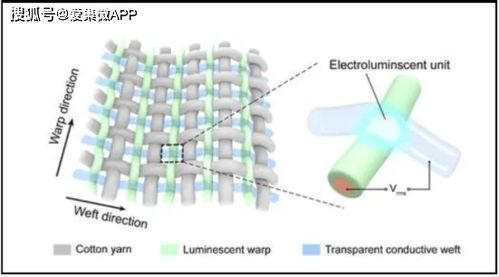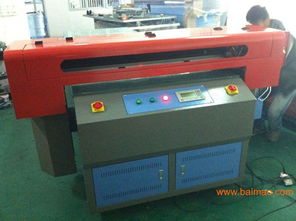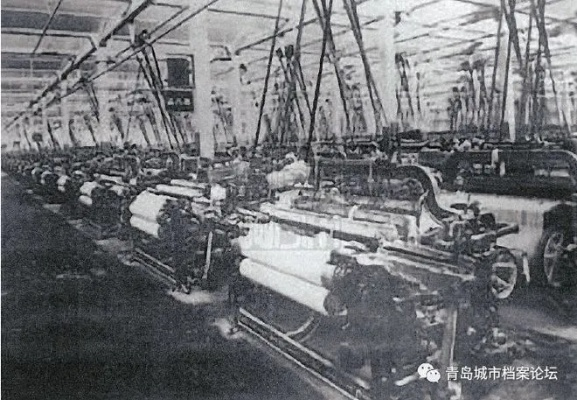Transforming Textiles with Adhesive:A Comprehensive Guide
This comprehensive guide delves into the art of transforming textiles with adhesives, offering an in-depth understanding of the various techniques and applications. From the selection of suitable adhesives to their application methods on textiles, this guide covers all aspects of the process. It provides detailed instructions on how to choose the right adhesive for specific textile materials, including the identification of appropriate adhesives for cotton, polyester, and nylon fabrics. The guide also discusses the importance of proper preparation of the textile surface before applying the adhesive, including cleaning, drying, and pretreatment techniques. Additionally, it provides insights into the application methods for adhesives, such as spraying, brushing, and rolling, and offers tips on achieving optimal adhesion between the adhesive and the textile. Finally, the guide concludes with a discussion on the challenges and solutions associated with using adhesives on textiles, including issues like bleeding, shrinkage, and color transfer. Overall, this guide serves as a valuable resource for anyone looking to enhance the performance and durability of textile products through the use of adhesives.
Introduction: The textile industry is a vast and complex sector, encompassing everything from clothing to upholstery and even industrial materials. One of the most versatile tools in this industry is the adhesive, which can be used to bond, secure, and reinforce various types of fabrics. In this guide, we'll explore the different types of adhesives available, their applications in the textile industry, and how they can be effectively used for various tasks. Let's dive into the world of textile adhesives!

Types of Adhesives: Adhesives come in a variety of forms, each with its unique properties and uses. Here are some of the most common types:
-
Elastic Adhesives: These adhesives are designed to stretch and recover when subjected to stress, making them ideal for use on elastic materials like spandex or rubber. Examples include polyurethane (PUR) adhesives and silicone adhesives.
-
Heat-Cured Adhesives: These adhesives cure quickly at room temperature and can be applied directly to the surface of the fabric. They are commonly used for temporary applications, such as hanging decorations or temporary patches.
-
Water-Based Adhesives: These adhesives are water-soluble and can be easily removed by washing. They are often used for non-permanent applications, such as applique work or temporary repairs.
-
Solvent-Free Adhesives: These adhesives are made from natural or synthetic polymers that do not contain solvents. They are environmentally friendly and safe for use around children and pets.
Applications in the Textile Industry: Once you understand the different types of adhesives, it's time to explore their applications in the textile industry. Here are a few examples:
-
Clothing: Adhesives are used to attach buttons, zippers, and other fasteners to garments. For example, PUR adhesives are commonly used for buttonholes on shirts and dresses, while silicone adhesives are preferred for attaching lace trims to fabrics.
-
Upholstery: Adhesives are also essential for creating comfortable and durable upholstery pieces. For instance, polyurethane adhesives are used to attach leather or vinyl panels to fabrics, while silicone adhesives are used to attach foam inserts to cushions.

-
Industrial Materials: Adhesives are crucial for securing industrial materials like carpets and curtains. For example, heat-cured adhesives are used to attach carpet fibers together, while solvent-free adhesives are used to attach heavy curtains to walls.
-
Decorative Items: Adhesives are also widely used in the creation of decorative items like wall decals or embellishments. For example, silicone adhesives are used to attach paper mache figures to canvas or wood, while hot glue is used to attach small beads or sequins to fabric.
Case Study: Let's take a closer look at an actual application of adhesives in the textile industry. Imagine you're working on a custom piece of clothing for a client who wants a unique design element. The client has requested that the design incorporate a floral pattern that runs along the hemline of the pants. To achieve this, you would need to apply adhesive to the fabric and then carefully cut out the desired pattern piece. Once the pattern is cut out, you would apply it to the fabric using a sewing machine or by hand stitching. Finally, you would test the piece to ensure that the adhesive is holding firmly without any visible gaps or tears. By following these steps, you can create a beautiful and functional piece of clothing that meets the client's exact specifications.
Conclusion: In conclusion, adhesives play a vital role in the textile industry, enabling us to create functional and aesthetically pleasing products. Whether you're working on a single garment or a large-scale project, understanding the different types of adhesives and their applications is key to achieving success. So next time you're considering adding an extra layer of detail to your textile project, don't forget to consider the power of adhesives!
大家好,今天我们将通过一段视频来探讨纺织品是否能用粘胶粘合,在视频开头,我们先来看一个相关的英文案例。
案例介绍
假设我们有一个纺织品制造商,他们正在寻找一种方法来处理或修复某些损坏的纺织品,他们注意到粘胶是一种有效的解决方案,可以轻松地粘合各种材料。

(视频开始)
在视频中,我们可以看到以下关键信息:
- 纺织品展示:展示一些不同类型的纺织品,包括但不限于棉布、丝绸、亚麻布等。
- 粘胶介绍:介绍粘胶的特性,如粘性、适用范围等。
- 粘胶粘合演示:展示如何使用粘胶将纺织品粘合在一起。
- 疑问解答:询问观众是否了解纺织品是否能用粘胶粘合,以及如何正确使用粘胶。
表格补充说明:
| 类别 | 术语 | 描述 |
|---|---|---|
| 案例背景 | 纺织品制造商面临的挑战 | 他们需要处理或修复损坏的纺织品,寻找一种有效的粘合解决方案 |
| 粘胶特性 | 介绍粘胶的特性 | 具有高粘性,适用于多种材料,如纺织品等 |
| 粘合演示 | 展示如何使用粘胶粘合纺织品 | 使用特定的工具和技巧,将纺织品紧密地粘合在一起 |
| 问题解答 | 询问观众是否了解纺织品是否能用粘胶粘合 | 询问观众是否知道纺织品可以用粘胶来修复或处理损坏的情况 |
| 视频结论 | 结论总结 | 视频结尾部分,强调了使用粘胶来处理纺织品是一个可行的解决方案 |
英文案例说明
在纺织品领域,使用粘胶进行粘合是一个常见且有效的做法,在处理丝绸、亚麻布等天然纤维的损坏时,使用粘胶可以有效地修复或处理这些纺织品,随着现代纺织技术的不断发展,许多新型的粘胶产品也具有更好的耐久性和适应性,使得纺织品能够更好地适应各种环境条件。
通过这段视频,我们可以了解到纺织品能用粘胶粘合是一个常见且可行的解决方案,在处理纺织品损坏时,使用粘胶可以有效地修复或处理这些纺织品,随着现代纺织技术的不断发展,我们可以期待更多的创新和改进来提高粘胶的性能和适用性。
这段视频为我们提供了一个关于纺织品能否用粘胶进行粘合的全面了解,希望这个信息能够帮助大家更好地了解纺织品修复和处理的解决方案。
Articles related to the knowledge points of this article:
The Future of Fashion with Rayc程纺织品 Your Gateway to Luxurious Textiles
Job Opportunities at Nantong Routul Textile Factory
The Density of Textiles:A Technical Exploration
Advanced Techniques for Textile Cropping in the Factory
The Global Fabric of Bangladesh:An Overview of Dhaka International Textiles
The Role of the National Textile Supervision and Testing Center



